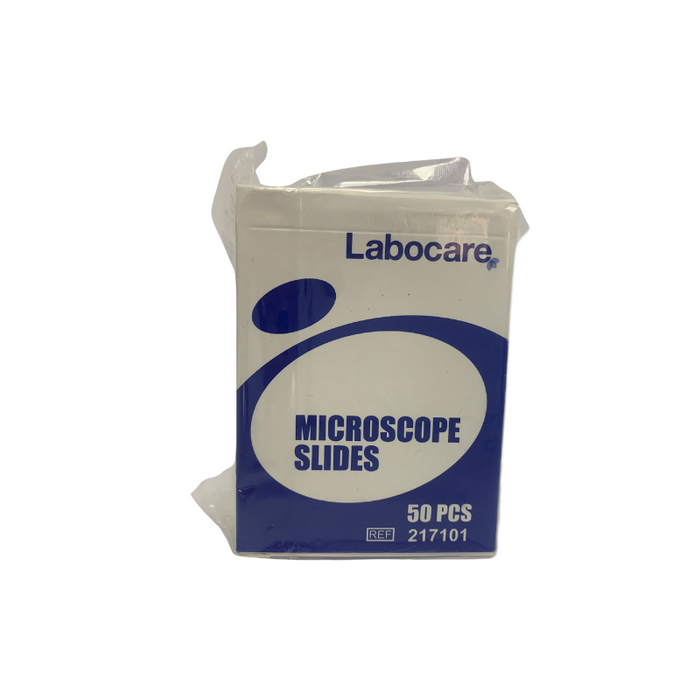
Microscope Slides Plain Ground Edge - PK 50
SKU EDU164-LAB
Sold out
Original price
R 0
Original price
R 26.22
-
Original price
R 26.22
Original price
Current price
R 26.22
R 26.22
-
R 26.22
Current price
R 26.22
LABOCARE™ Microscope Slides Plain Ground Edge - PK 50
Surface of slides are flat, optically clear, lint and particulate free. Slides are 26mm (w) x 76mm (l) and 1mm to 1,2mm thick, packed 50 per box vacuum sealed, moisture and gas impermeable liner.
Specification:
- Size: 76 x 26 x 1.2mm
- Edges: Ground edges (7101)
- Material: Optical glass
- Corners: 45°
Availability:
Out of stock
